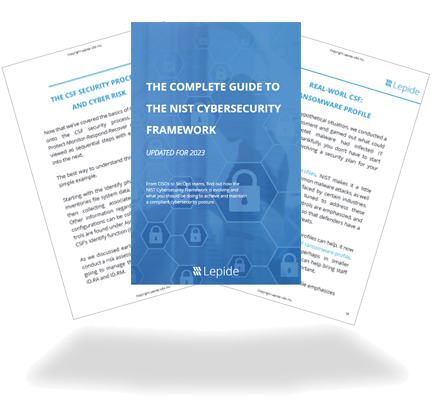HIPAA Compliance Software
Prepare your organization for your next HIPAA audit with Lepide. Lepide provides a complete HIPAA compliance audit software, providing numerous pre-defined HIPAA audit reports to help your organization avoid non-compliance fines.
Fill in the rest of the form to
download the 20-day free trial
download the 20-day free trial
x




















